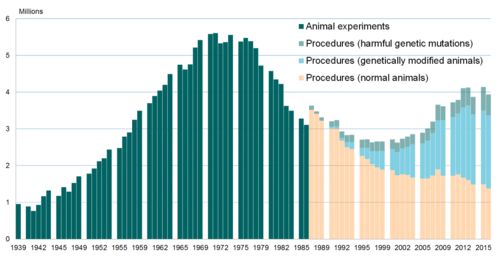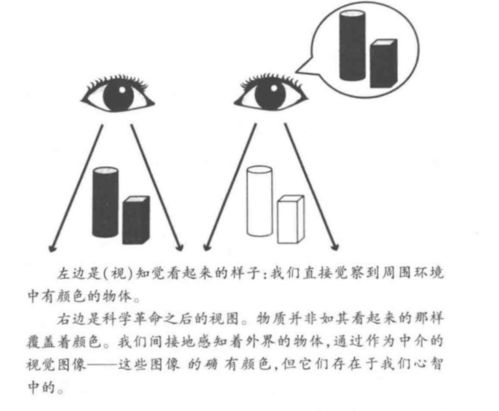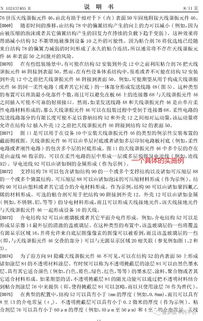Understanding the Deductions and Tax Benefits for Textile Goods Exported
This study aims to explore the deductions and tax benefits available for textile goods exported. The analysis is based on the latest tax regulations and policies, as well as industry-specific guidelines. The findings reveal that there are several key considerations when determining the tax implications of exporting textile goods. Firstly, it is important to understand the classification of textile goods, as this can impact the applicable tax rates and allowances. Secondly, the exporter should be aware of any potential duty or import taxes, as these may need to be factored into the overall cost of the export. Finally, the exporter should also consider any potential government incentives or subsidies available, which could significantly reduce their tax burden. Overall, understanding the deductions and tax benefits available for textile goods exported is crucial for maximizing profits while complying with tax regulations.
Introduction: In the competitive global market, textile products have become a significant part of our economic landscape. As a nation that is known for its textile manufacturing capabilities, it's crucial to understand the intricacies of export tax policies that can significantly impact the profitability of these goods. In this talk, we will delve into the deductions and tax benefits available to textile exporters, including the specific points at which deductions are allowed and how they affect the overall cost of goods sold (COGS). We will also provide an overview of the various scenarios where these tax advantages can be applied, along with an example to illustrate the practical application of these principles.
Textile Export Tax Deductions: The process of exporting textile goods involves several steps, each one potentially subject to tax deductions. Here’s a breakdown of the main deductions applicable to textile exports:
-
Direct Expenses:
- Labor costs: The actual wages paid to workers engaged in the production of textile goods.
- Material costs: The raw materials used in the production process, such as yarn, fabric, and dyes.
- Machinery and equipment depreciation: Any depreciation expenses incurred during the manufacturing process.
- Transportation costs: The expenses associated with shipping the goods from the factory to the destination country.
- Insurance premiums: For insurance covering risks associated with international shipments.
-
Indirect Expenses:

- Interest on loans: If the textile manufacturer has taken out loans for the purpose of exporting, interest accrued on these loans can be deducted.
- Administrative fees: Fees charged by customs or other government agencies for processing exports.
- Research and development (R&D) expenses: If the company invests in research and development activities related to new textile technologies, these expenses can be deducted.
-
Other Deductions:
- Storage and handling expenses: If the goods are being stored or handled while waiting for export approvals or shipment.
- Promotional expenses: Expenses incurred for marketing and advertising purposes before the goods are exported.
Tax Benefits for Textile Goods Exporters: Exporting textile goods can offer substantial tax benefits. These include:
-
Import Duties Rebate:
When the goods are exported, import duties are typically refunded, reducing the overall cost of goods sold.
-
Tariff Exemptions:
Some countries may offer tariff exemptions or reduced rates on certain textile exports, depending on the type of product and the country of origin.
-
Quota System:
In some cases, exporting textiles may be subject to a quota system, which allows exporters to sell a set number of units per year without exceeding a quota limit. This can result in lower taxes due to the limited quantity being exported.
-
Value-Added Tax (VAT):
Exported textiles may be eligible for VAT reductions or exemptions, depending on the country of destination and the value of the goods.
-
Foreign Currency Exchange Rates:
The exchange rate between local and foreign currencies can impact the final price of the goods. Exporters may be able to take advantage of favorable exchange rates to offset the additional costs associated with currency conversion.
Case Study: Consider a hypothetical scenario where a textile manufacturer from China exports high-quality cotton shirts to the United States. The company incurs direct costs such as labor and raw material expenses, as well as indirect costs like transportation and storage fees. Additionally, the manufacturer might be eligible for import duty rebates, VAT reductions, or other tax incentives based on the country of export and the type of product. By understanding these potential tax benefits, the manufacturer can optimize their financial performance and increase their competitive edge in the global market.
Conclusion: The tax landscape for textile exporters is complex, but with careful analysis and planning, these businesses can benefit from deductions and tax advantages that can significantly reduce their operating costs and enhance their profitability. By understanding the key points outlined above, textile exporters can make informed decisions about their tax strategies, ensuring they stay competitive in today's global marketplace.
Hello, 朋友们!今天我们来聊聊纺织品出口退税的话题,你知道纺织品出口退税点是多少吗?让我来告诉你。

纺织品出口退税点查询
为了更好地了解纺织品出口退税的相关信息,我们可以从以下几个方面进行说明。
退税政策概述
纺织品出口退税政策是国家为了鼓励纺织品出口,促进纺织行业健康发展而实施的一项税收优惠政策,该政策适用于所有出口纺织品的企业。
退税点分布
全国范围内有多个退税点,具体位置和联系方式可以在当地税务部门或官方网站上查询,在某城市,纺织品出口退税点的具体信息如下:
| 地区 | 退税点名称 | 联系电话 | 网址 |
|---|---|---|---|
| 市区A | 纺织品出口退税点A | XXX-XXXX | [退税点地址官网链接] |
| 市区B | 纺织品出口退税点B | XXX-XXXX | [退税点地址电话号码] |
案例分析
为了更好地理解纺织品出口退税政策,我们可以结合一些具体的案例进行分析。
小明是一家纺织品出口企业,近期成功申请了出口退税,他前往当地税务部门了解退税政策,并顺利办理了相关手续,经过一段时间的等待和审核,他的出口纺织品已经成功获得了退税款项,这不仅为他减轻了经济负担,也提高了企业的竞争力。
注意事项
在查询纺织品出口退税点时,需要注意以下几点:
- 确认退税点的位置和联系方式是否准确可靠。
- 在办理退税手续时,需要提供相关的证明材料,如出口合同、发票等。
- 确保所提供的材料符合政策要求,否则可能会导致办理延误或失败。
纺织品出口退税点是衡量纺织企业出口贸易政策的一项重要指标,通过了解退税点的分布和相关信息,企业可以更好地了解政策优惠和办理流程,从而更好地开展出口贸易,企业也应该注意在办理退税手续时遵守相关政策和规定,确保办理顺利。
为了更好地帮助大家了解纺织品出口退税政策,我们可以使用表格进行说明:
纺织品出口退税政策表格:
| 指标 | 说明 |
|---|---|
| 退税政策概述 | 国家鼓励纺织品出口的政策 |
| 退税点分布 | 全国范围内多个退税点 |
| 案例分析 | 小明成功申请出口退税的案例 |
| 注意事项 | 确认退税点的位置和联系方式的准确性、提供相关证明材料、符合政策要求等 |
通过上述表格,我们可以更好地了解纺织品出口退税的相关信息,在实际操作中,建议企业及时咨询当地税务部门或官方网站,了解最新的政策和办理流程,企业也应该注重提高自身的业务水平和素质,以更好地适应市场变化和政策调整。
Articles related to the knowledge points of this article:
The Story of Sea Lizards Textiles:A Multidisciplinary Exploration
The Art of Textile Design Patterns
Discover the Best of Shanghais Trendy Fabrics for Your Needs



